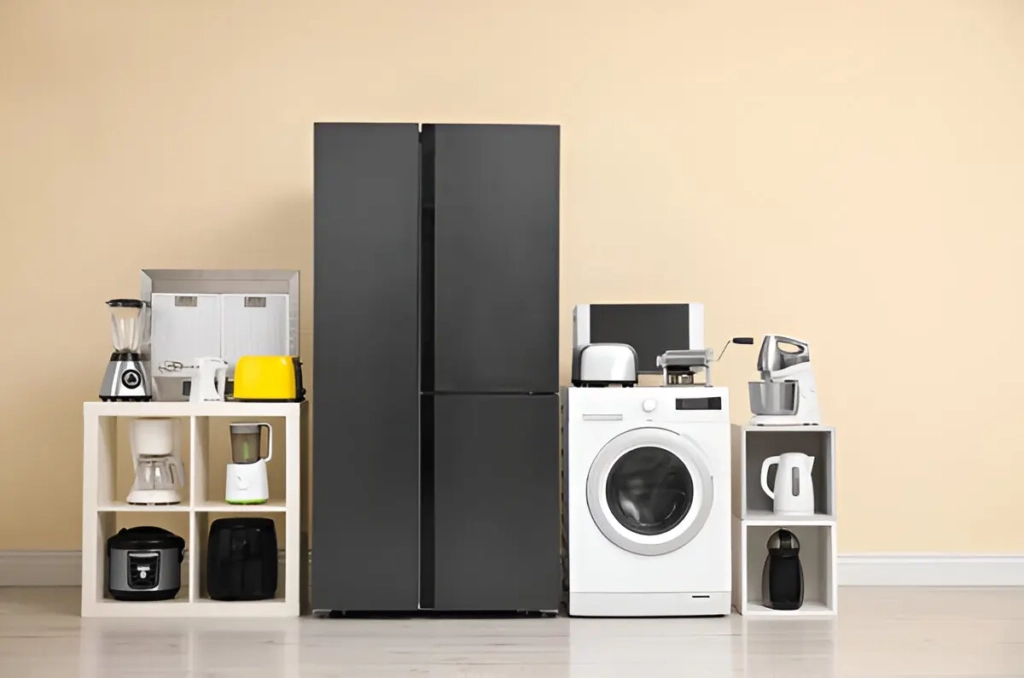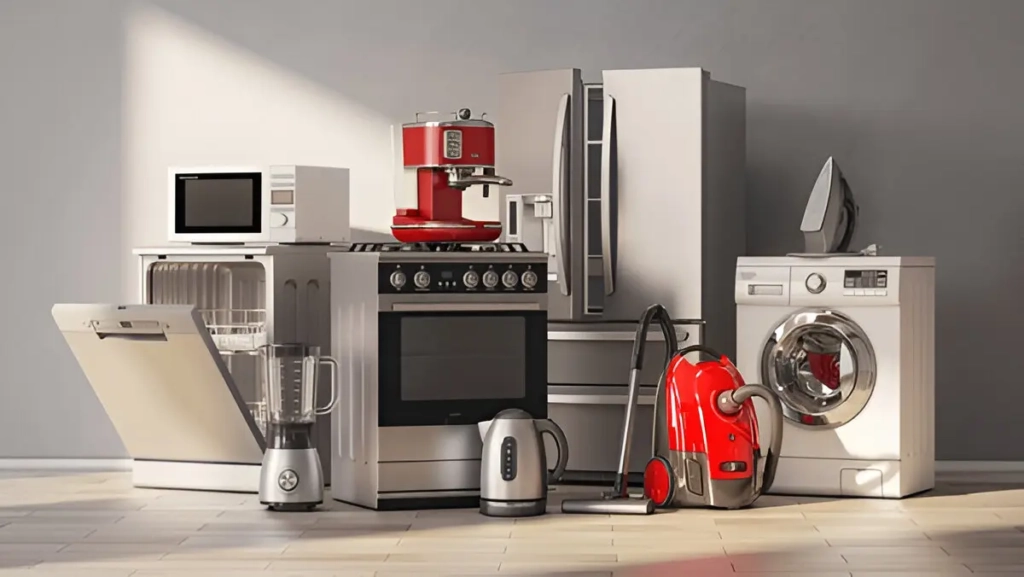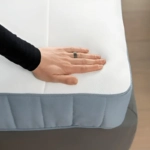We’ve all been there—excited about a sleek new fridge or washer, only to realize it might not fit your kitchen or laundry room. My friend Tom learned this the hard way when his dream refrigerator arrived but wouldn’t squeeze through his apartment’s narrow doorway. That sinking feeling of a costly mistake is one you want to avoid. Getting appliance measurements right is crucial to saving time, money, and stress.
This appliance fit measurement guide is your roadmap to picking a fridge or washer that fits like a glove. With clear steps and ProductSizer’s Appliance Fit Tool, you’ll know exactly what works for your space before you buy. Let’s explore the challenges, solutions, and tips to ensure your next appliance is a perfect fit.
The Challenge: Why Appliance Measurements Are Tricky
Buying an appliance that doesn’t fit is more than inconvenient—it can disrupt your home and wallet. Picture this: you’ve ordered a shiny new washer, but it’s too wide for your laundry nook, or your fridge blocks a cabinet door. Here’s what makes appliance sizing tough:
- Tight Spaces: Kitchens and laundry rooms often have limited space, with cabinets, counters, or walls boxing you in.
- Doorway and Pathway Issues: Even if the appliance fits its spot, it needs to get through doors, hallways, or stairwells.
- Functionality Needs: A fridge that’s too deep might jut out awkwardly, or a washer might not leave room for hookups.
- Misleading Specs: Manufacturer dimensions can exclude handles or vents, catching you off guard.
I’ve seen it happen. My cousin Lisa’s new fridge was perfect on paper but wouldn’t fit past her kitchen’s tight corner. On X, users vent about similar issues, like washers stuck in hallways because of overlooked door widths. An appliance fit measurement guide helps you dodge these headaches and choose wisely.

The Solution: How to Measure for Appliances with Confidence
You don’t need to be a pro to get this right. This appliance fit measurement guide breaks it down step-by-step, with ProductSizer’s Appliance Fit Tool to simplify the process. Here’s how to ensure your fridge or washer fits:
Step 1: Measure Your Space
Grab a tape measure and note:
- Width, height, depth of the appliance’s designated spot, accounting for surrounding fixtures (e.g., cabinets, counters).
- Clearance needs: Fridges need 1-2 inches behind for ventilation; washers need space for hoses (4-6 inches).
- Floor space: Ensure the area is level and can handle the appliance’s weight.
For example, a kitchen slot might be 36 inches wide, 70 inches tall, and 30 inches deep.
Step 2: Check Delivery Pathways
Measure every doorway, hallway, and stairwell the appliance will pass through:
- Width and height of doors (remove frames if needed).
- Turning radius for tight corners or staircases.
- Obstacles like railings or light fixtures.
A fridge that’s 35 inches wide won’t fit a 34-inch doorway without adjustments.
Step 3: Compare Appliance Dimensions
Check the appliance’s specs (including handles, doors, and vents):
- Fridges: Standard widths are 30-36 inches; depths (with handles) are 30-35 inches.
- Washers: Typically 27-30 inches wide; allow 4-6 inches behind for hookups.
- Ensure the appliance is at least 1 inch smaller than your space and pathways in all dimensions.
Step 4: Visualize with ProductSizer’s Appliance Fit Tool
Don’t risk a bad fit—use ProductSizer’s Appliance Fit Tool. Enter your space and pathway measurements, plus the appliance’s dimensions, and this appliance size calculator shows if it fits. It visualizes the appliance in your room, so you can confirm it works before buying.
Insider Tips for a Smooth Fit
- Account for door swing: Fridge doors need 2-3 feet of clearance to open fully.
- Check hookups: Ensure water lines or electrical outlets are accessible for washers.
- Plan for adjustments: Removing door frames or appliance doors can add crucial inches during delivery.
This appliance fit measurement guide ensures your fridge or washer slots into your home without a hitch.
Common Mistakes to Avoid and Top Product Picks
Don’t fall into these traps when sizing appliances. Here are pitfalls to avoid, with Amazon products to help.
Mistake 1: Forgetting Pathway Measurements
My neighbor Mark’s washer got stuck in his hallway, costing him a return fee. Solution: Use the Stanley 25-Foot Tape Measure for accurate door and hallway measurements.
Mistake 2: Ignoring Clearance Needs
Emma’s fridge blocked her cabinet because she didn’t account for depth. Solution: Get a Counter-Depth Fridge like GE’s 35.6-Inch Model, sized at 35.6 x 29.1 inches for tight kitchens.
Mistake 3: Overlooking Hookups
John’s washer didn’t fit because hoses couldn’t reach. Solution: Use a Flexible Washer Hose Set to extend connections in cramped spaces.
Mistake 4: Guessing Fit
Returns are costly. Solution: Try a Bosch Laser Distance Measurer for precise measurements, paired with ProductSizer’s tool for confidence.
These products solve real sizing problems, ensuring your appliance fits seamlessly.
Conclusion: Get Your Appliance Fit Right Today
This appliance fit measurement guide takes the stress out of buying a fridge or washer. Measure your space and pathways, check appliance specs, and account for clearances to avoid costly mistakes. Use ProductSizer’s Appliance Fit Tool to visualize your choice and confirm it fits before you buy.
Your action plan:
- Measure your appliance space, pathways, and clearances.
- Use ProductSizer’s appliance size calculator to verify fit.
- Explore products like the GE Counter-Depth Fridge or Stanley Tape Measure to start.
Don’t gamble on appliance fit. Visit ProductSizer.com now to ensure your fridge or washer is perfect for your home. Your dream setup is just a measurement away!



